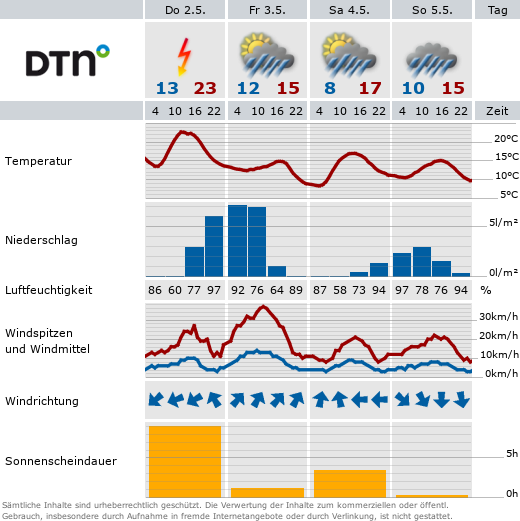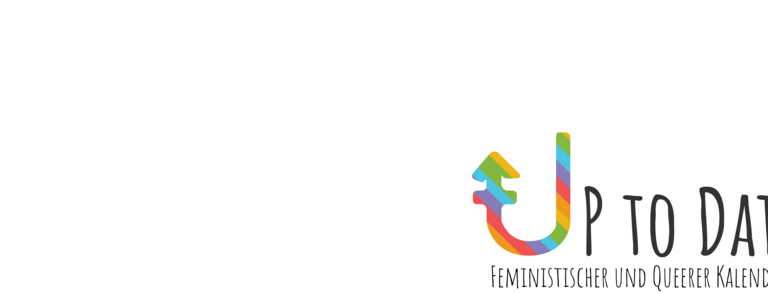Mother's Day
The first Mother's Day was celebrated in Germany in 1923, after it had been introduced in the US a few years earlier by Anna Jarvis (Kegel 2008).
The unmarried pastor's daughter, who worked as a teacher, ‘based her idea on the political goals of the women's movement at the time’ (ibid.) and was motivated by the death of her mother. Instead of paying tribute to a “mother's image of noble simplicity, quiet greatness and tireless sacrifice” (ibid.), as the day was used as propaganda by the National Socialists, for example, it was intended to focus on the social and political role of women in society, “at the beginning of the last century, the mother could be seen as a socially legitimate figure of identification” (ibid.).
The meaning of the day has changed several times to this day. Anna Jarvis' gesture of distributing different coloured carnations (her mother's favourite flower) was taken up and commercialized by flower sellers. Jarvis took legal action against this commercialization. Due to her protests, she was imprisoned for a time, went to court and died impoverished in 1948 (ibid.). In Germany, Mother's Day was introduced by Rudolf Knauer “in honor of ‘the silent heroines of our people’” (ibid.). As a representative of the Association of German Flower Shop Owners, he probably acted less out of a motivation to strengthen the rights of mothers than out of his own commercial interests (ibid.).
The day was quickly reinterpreted by conservative and nationalist groups who saw motherhood as a woman's vocation. Under National Socialism, the day was declared a public holiday for propaganda purposes in order to reward mothers with many children and thus reduce the role of women to motherhood and housework. This only applied to women who conformed to the racist and nationalist ideology of National Socialism. In contrast, women with disabilities, for example, were forcibly sterilized and Jewish women murdered (MDR Religion und Gesellschaft 2020).
So what is a mother and who is still denied the concept of motherhood today?
A mother is a “female being who has given birth to a small being” (Fetscher 2013). This is a purely biological view that cannot be applied to humans in such a simple way.
The idealized mother could be used to capitalize on ideologies, both religiously and politically, right up to the biologicalistic Nazi Mother's Cross. [...] Developmental psychology has long since made it clear what children need above all: protection, time, social warmth, creative stimulation, relaxed attention. If someone is ready and mature enough for this, he or she can be a 'mother'. (Fetscher 2013)
The image of the biological and self-sacrificing mother persists in many circles, but is considered outdated from today's perspective. A mother is not just the person who brings a child into the world. Mothers exist in many relationships between an adult, usually female-identifying person and a child whose upbringing this adult takes on.
Nevertheless, it cannot be denied that non-parturient, trans and queer mothers in Germany still have a much harder time when it comes to the question of motherhood. Legally, mothers are still only those who have given birth to a child or live in a heterosexual relationship with child. The opening of marriage to same-sex couples in 2017 has not changed this (Opitz 2020). “When marriage for all was introduced, lesbian couples were not put on an equal footing with heterosexual couples when it came to co-motherhood [...]. Families in which the second parent is a trans man or has no gender entry or a diverse entry face similar problems” (Hofmann 2021). For example, mothers in lesbian relationships who have not given birth to their child must adopt their child as a stepchild, even if the couple is married (Opitz 2020). In the same situation, husbands are automatically registered as fathers at the registry office; biological parentage plays no role here (Hofmann 2021). Until the end of a stepchild adoption process, the child has no protection by two parents, as is the case with heterosexual couples. Accordingly, custody, child support and inheritance rights only apply to the biological parent. This puts the child and its parents at a disadvantage solely because of the gender of the couple (Hofmann 2021). It also implies that heterosexual parent couples are better suited to raising a child than queer parents. The “nodoption” initiative aims to draw attention to this and fight against the German legal situation (Opitz 2020).
In light of all this, Mother's Day is the subject of controversial debate. By making its historical context and exclusionary mechanisms visible, the day has the potential to draw attention to the history of oppression and stigmatization of women. It motivates people to engage with current political and social issues of the women's and queer movement and to stand up for them.
About the "nodoption" initiative
In light of all this, Mother's Day is the subject of controversial debate. By making its historical context and exclusionary mechanisms visible, the day has the potential to draw attention to the history of oppression and stigmatization of women. It motivates people to engage with current political and social issues of the women's and queer movement and to stand up for them.
Last updated: May 2025
Sources (in German)
- Fetscher, Caroline (2013): Was ist eine Mutter? In: tagesspiegel.de. Last accessed 13.04.2021.
- Hofmann, Inga (2021): Zwei lesbische Mütter wollen Klärung vor Gericht. In: tagesspiegel.de. Last accessed 14.04.2021.
- Kegel, Sandra (2008): Die Muttertagsmaschinerie. In: faz.net. Last accessed 13.04.2021.
- MDR Religion und Gesellschaft (2020): Wie die ‚Mutter des Muttertages‘ Frauen aus dem Lockdown holen wollte. In: mdr.de. Last accessed 14.04.2021.
- Opitz, Nicole (2020): Queere Mütter klagen. In: taz.de. Last accessed 14.04.2021.





